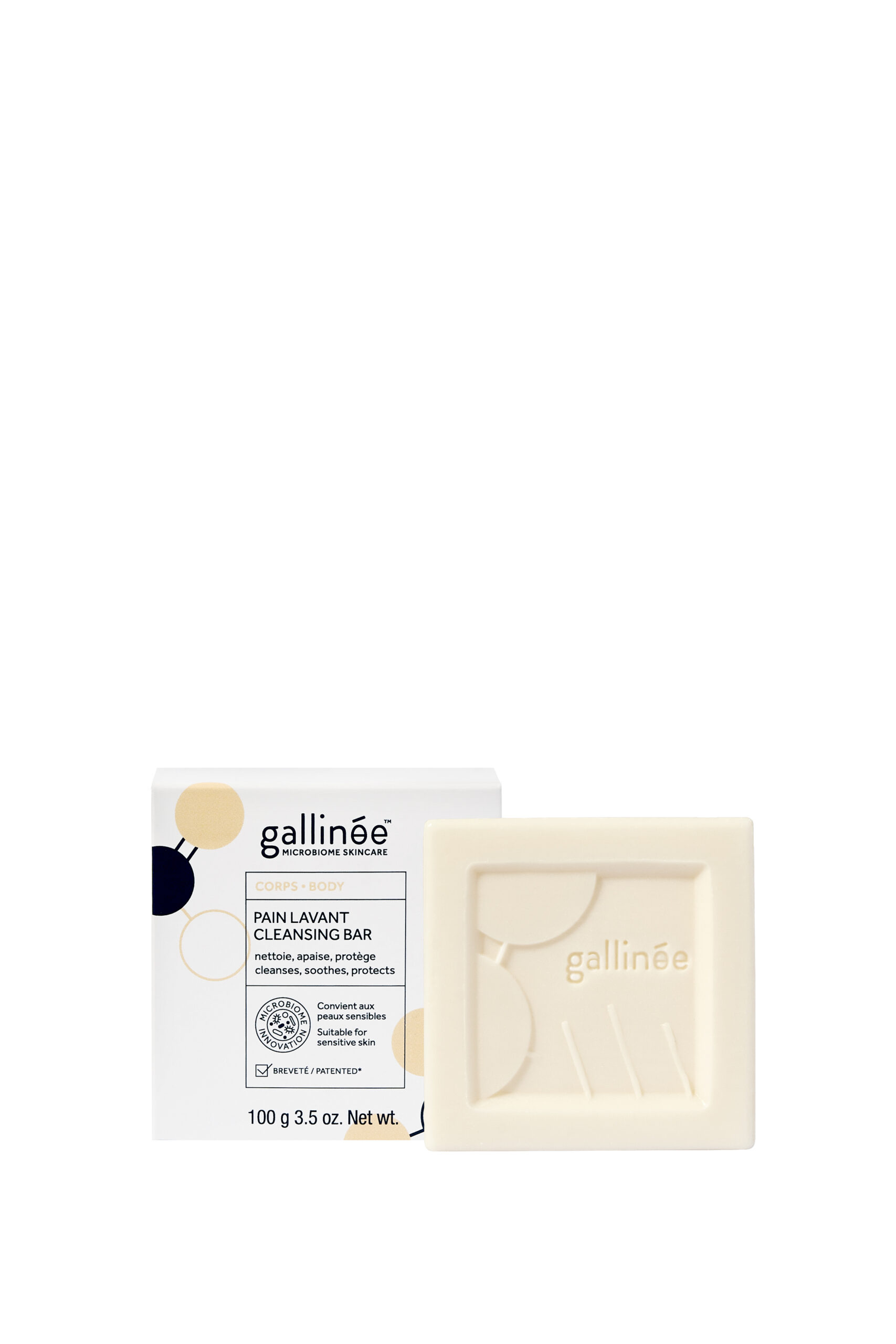Zinc Pyrithione (pee-ree-tyone) — You probably haven’t heard of this ingredient before, but you will in the coming months.
What is Zinc Pyrithione?
As the most widely used active component in anti-dandruff shampoos, Zinc Pyrithione works by targeting both local fungi and bacteria residing on the scalp. This multitasking ingredient, known for its cost-effectiveness and efficacy, has uses that extend beyond hair care. For instance, it’s an essential element in kitchen sponges, preventing the growth of mould.
The European Union’s Ban
The landscape of anti-dandruff shampoo is shifting. Recently, the European Union took a significant step by including Zinc Pyrithione on its list of banned substances due to its potential DNA-damaging effects. This development carries substantial implications as the primary ingredient in dandruff shampoos faces a ban. In the dandruff shampoo circles, this is big news!
Gallinée’s Perspective: Embracing Change
From Gallinée’s standpoint, this ban brings a positive change. Our viewpoint isn’t driven by concerns of cancer risk, as scientific research indicates its safety at low concentrations. Instead, the ban necessitates a comprehensive overhaul of numerous products.
In response, shampoo brands will face two choices:
- Stick with the Same Old Stuff: Piroctone Olamine, Ketokonazole, and Coal Tar stand as alternatives to Zinc Pyrithione. These ingredients share a common objective: getting rid of Malassezia, the yeast responsible for excessive growth and flaking. While effective initially, their efficiency diminishes over time, as Malassezia adapts and comes back.
- Do Something New: A fresh approach involves nurturing the resident microbiome to naturally keep Malassezia in check, instead of targeting the entire ecosystem. This approach has been embraced in Gallinée’s Soothing Cleansing Cream, featuring ingredients such as lactic acid, fermented rice water, and prebiotics, yielding promising outcomes.
So what will the future of dandruff shampoo look like?
The future likely entails a blend of both strategies. The dandruff world is poised for a captivating phase ahead, ushering in a period of transformation and exploration. This shift, though not always synonymous with excitement, promises to yield compelling insights and innovation.
So, have you come across the term Zinc Pyrithione before? This once-obscure ingredient is stepping into the limelight, catalysed by the EU ban and an industry’s quest for innovative, microbiome-friendly solutions. As the dandruff landscape evolves, all eyes are on the transition from traditional ingredients to novel approaches, setting the stage for a remarkable evolution in hair care, one that we here at Gallinée are proud to be a part of.
Marie Drago, founder of Gallinée

























